Dorothea the Sheep, in a field outside Lyngby, Denmark
I miss walking through landscapes. I miss seeing sheep dotted on hillsides, a reminder of where our wool comes from. I miss making memories by buying yarn on my travels. I miss meeting fellow knitters and coming away with inspiration.
Instead I make things at home and dream through my hands as they manipulates stitches and yarn.
So, I have an announcement because I know I am not the only one feeling like this.
Please join me for a series of conversations and workshops that I'll be hosting via Zoom over the next few months. I want to connect you with those hillsides, with those landscapes, those people. I call these Making Connections and I hope you can make it (no pun intended!).
The first conversation will take place on November 19, 2020 at 6pm GMT. I've invited author and knitter Esther Rutter to join me in a conversation about creating imaginative spaces and travelling through woolly landscapes.
I am sure you all know Esther Rutter already. She is the author of This Golden Fleece: A Journey Through Britain's Knitted History. Her book tells the story of the knitted heritage of the British Isles and is full of fascinating histories of communities whose lives were shaped by wool. From the mill workers of the Border countries, to the English market towns built on profits of the wool trade, tradition and innovation have always intermingled in knitwear industries.
Esther and I share a fascination with how we engage with landscapes and how much knitting is shaped by both our inner and outer landscapes. How many of us end up buying yarn and patterns to remind us of specific places and times — and when we wear our makes, we are reminded of where we were when we made them.
You can buy a ticket to the In Conversation With Esther Rutter: Making Landscapes via EventBrite. Tickets are £6 each.
The view from the headquarters of Alafoss Yarn Company just outside Mosfellsbær, Iceland.
The second announcement is one that I know many of you have been requesting for a very long time. I'm going to teach a series of workshops online, starting with my signature Knitting the Landscape class. Moreover, I am going to run these workshops, so they are available/suitable to several time-zones.
Knitting the Landscape is a workshop with a difference. You don't have any homework and it does not centre upon a specific skill. Taking cues from psychogeography, a method for exploring everyday landscapes, this workshop asks: what is the fabric of your own everyday life? Together we will investigate what knitting means to you and how knitting can be used a creative exploration tool. From fields and mountains to concrete high-rises, Knitting the Landscape is a way to connect with not just places you have been but also knitting itself.
It's a class that means a great deal to me, and I am so excited that I can finally offer to people regardless of geography! That in itself gives a certain sense of frisson to me! We'll be talking map-making, cartography, and geography .. but without the actual constraints of where we live!
So far I am offering this class twice:
Saturday, November 21, 2020 at 10am GMT/ 11am CET/ 9pm AEDT
Saturday, December 5, 2020 at 9pm GMT/10pm CET/ 2pm PDT/5pm EDT
Knitting the Landscape is suitable for beginner knitters and up: if you can cast on, knit, purl and cast off, you can do this class! Materials: grab a heap of scraps and some suitable needles. You also need pen/paper and an open mind.
Due to the nature of this class, tickets are very limited and are priced at £45 each
A sheepy landscape..
I am incredibly excited about connecting with everybody despite the constraints we all live under at the moment. I am also very excited to bring you conversations with people who are truly inspirational in the way they approach making and crafts.





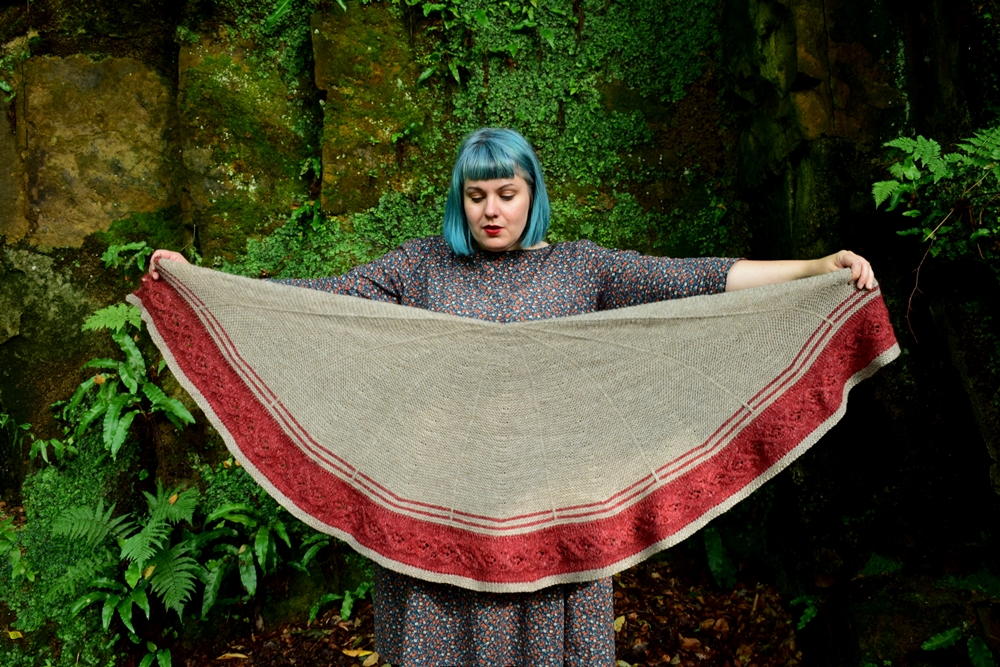

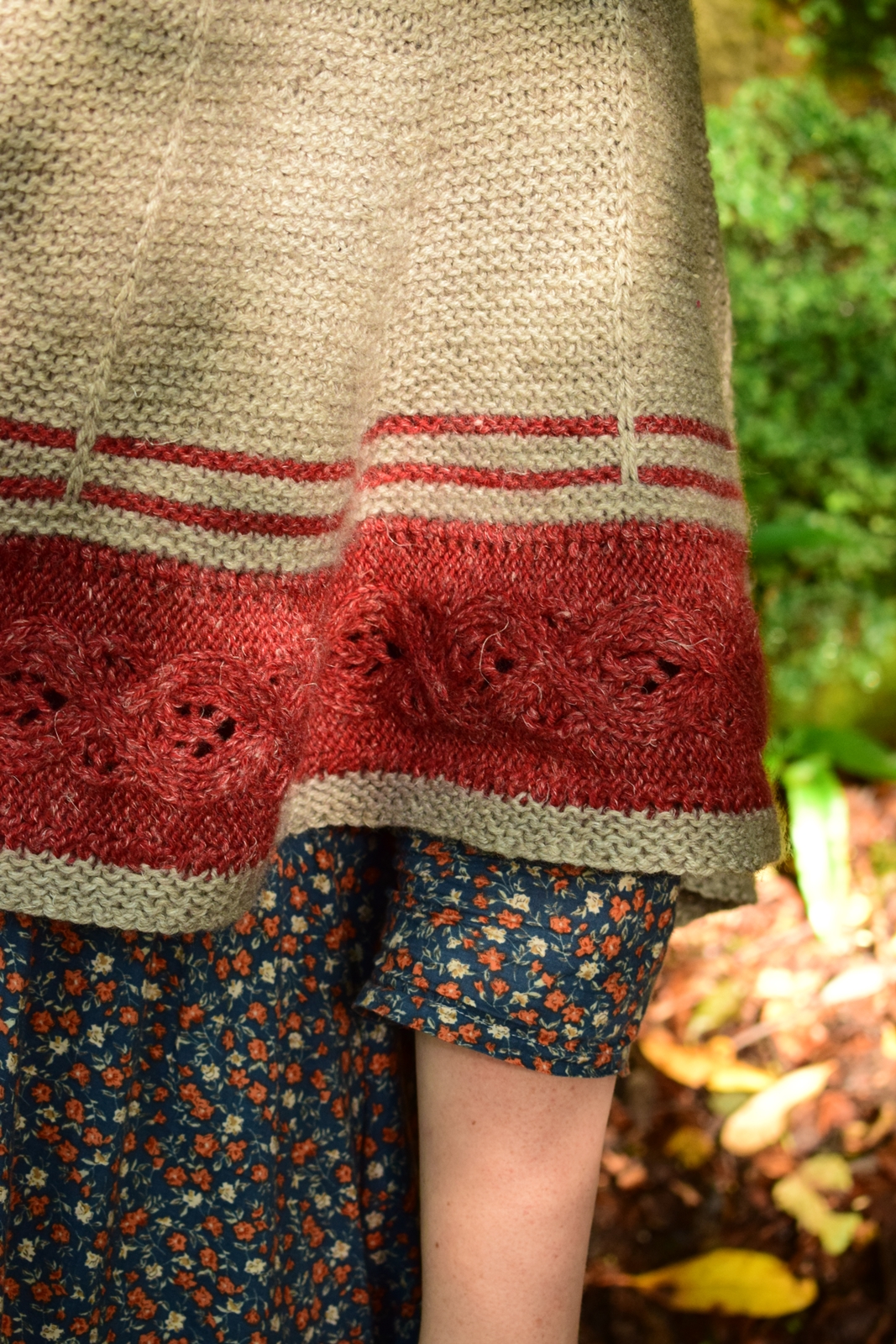

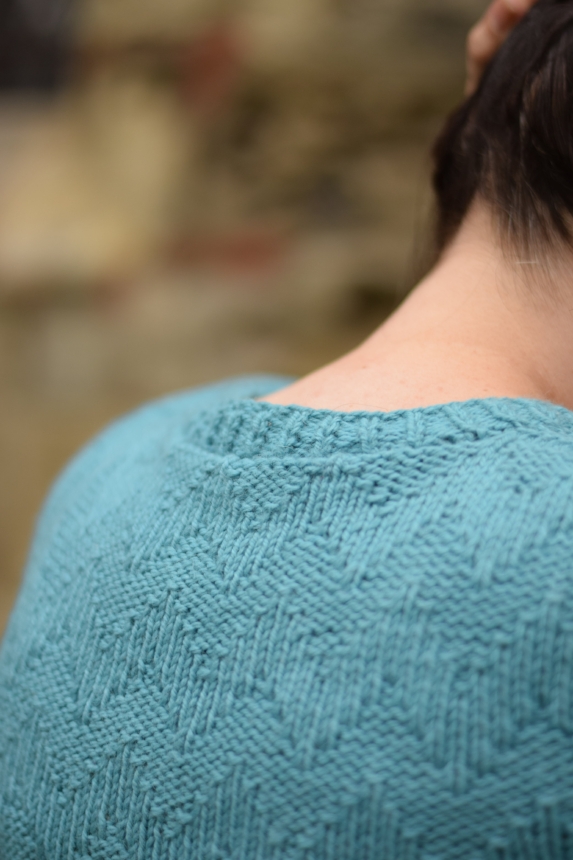



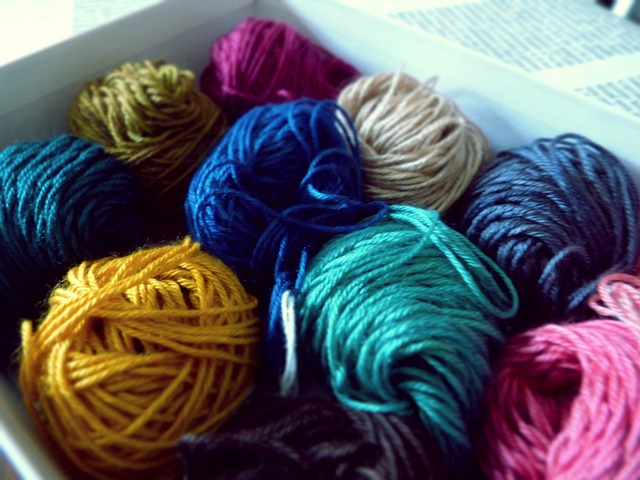 If you backed my
If you backed my 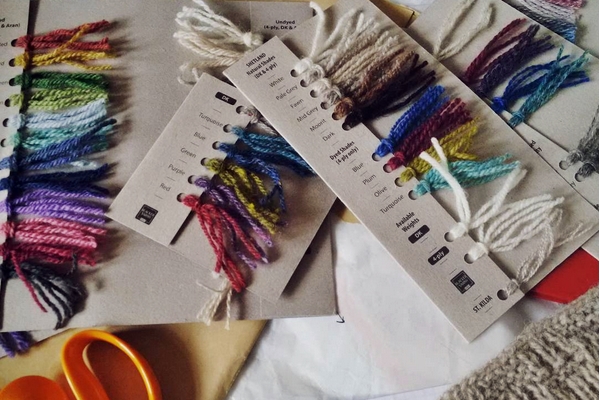

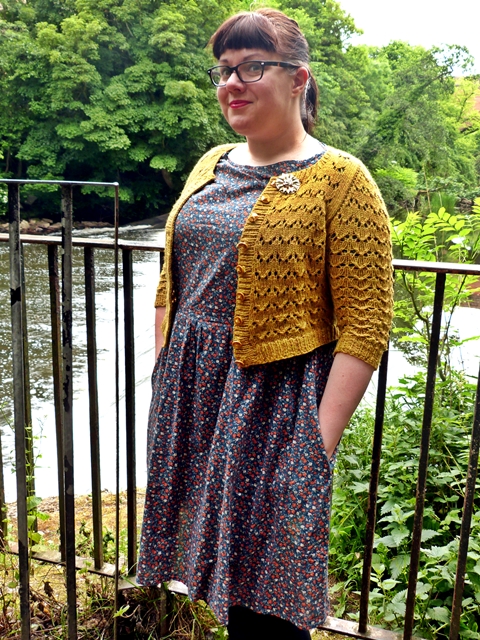 The dress is
The dress is